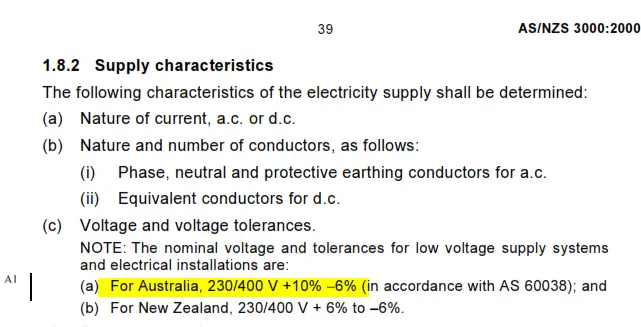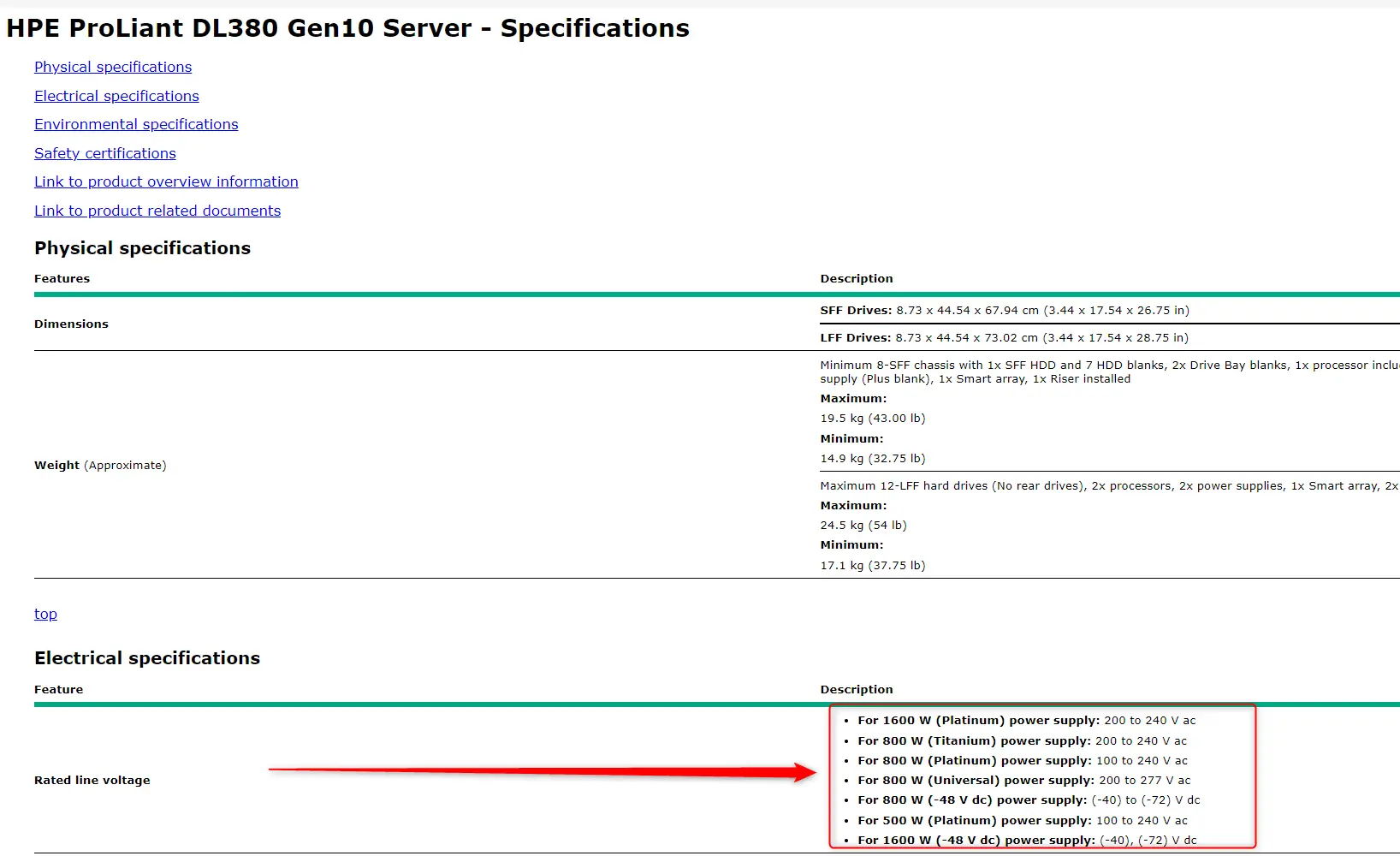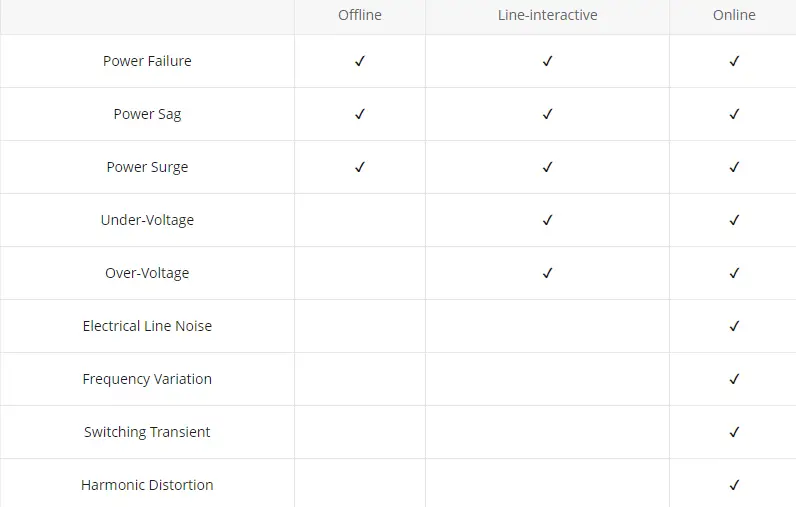I found this mildly interesting, I always wondered why some UPS’s are very expensive for not a big kva rating.
Offline UPS, don’t even look at these, they are no good when looking to protect computer equipment due to their slow transfer time. The computer will turn off ?
Line-interactive UPS: This is the standard server room UPS, good transfer times and low cost
The biggest negatives are its ability to regulate the output voltage, a line interactive UPS will output ±8-15% of the nominal voltage in Australia supply systems and electrical installations are; 230/400v +10% – 6%
See AS/NZS3000:200 1.8.2C(a) reference below;
Also proof 230v and 3 phase 400v is LOW VOLTAGE

The line-interactive UPS, 9 times out of 10 will be perfectly fine.
Checking a random server specifications you can see all power supply units come with their own tolerances to operate, this is the same for all suppliers to save them changing units where they ship them around the world for different (inferior) local supply voltages.

This ALL means a line-interactive UPS installed on an Australian power grid should be sufficient for most installs. Obviously when you’re planning a new install you could check the local voltage to make sure but this CAN change throughout the day.
Online UPS
When you have more sensitive equipment is when you would recommend getting an Online UPS.
An Online UPS will regulate the voltage within +2-3% ?
There are probably other things it can do other than output volage here is a handy chart;

Line Noise and Harmonic distortion (eddy currents) filtering could help if you are setting up audio equipment and hear buzzing or fuzz especially when lights are turned off and on, But there are cheaper alternatives eg https://www.youtube.com/watch?v=UqPrZQwGqHc
References
https://community.fs.com/blog/line-interactive-vs-online-vs-offline-ups.html
While writing this I also noticed that the higher the voltage the lower the BTU… those poor poor Americans.
I guess this is obvious when you think about it thanks to Mr Ohm

